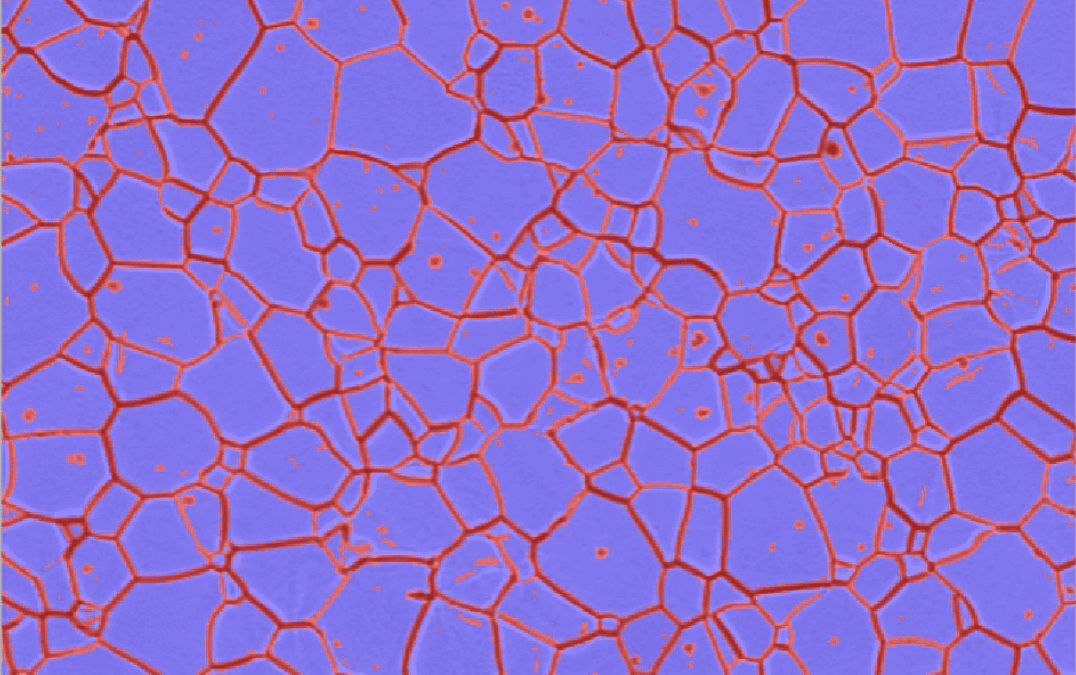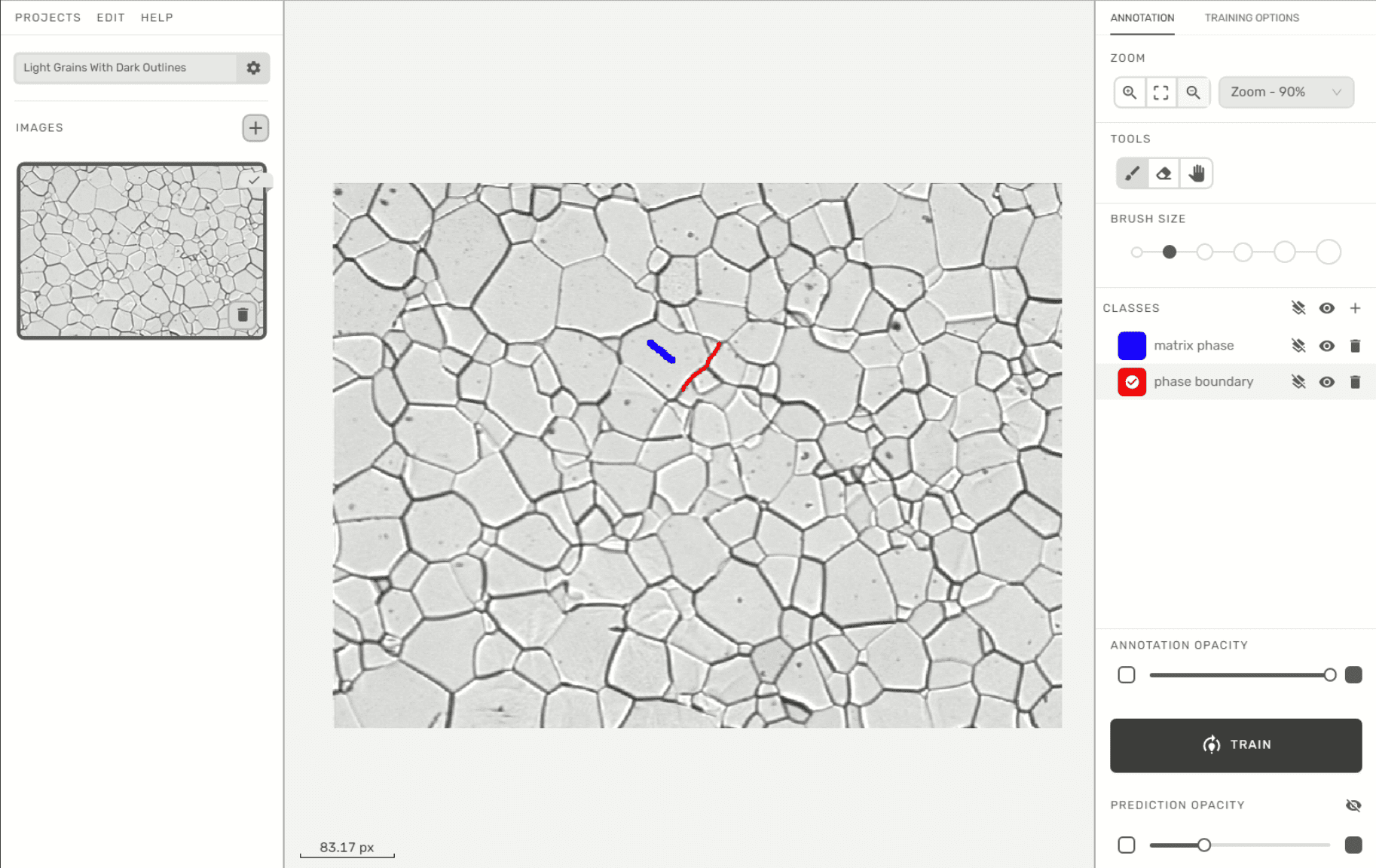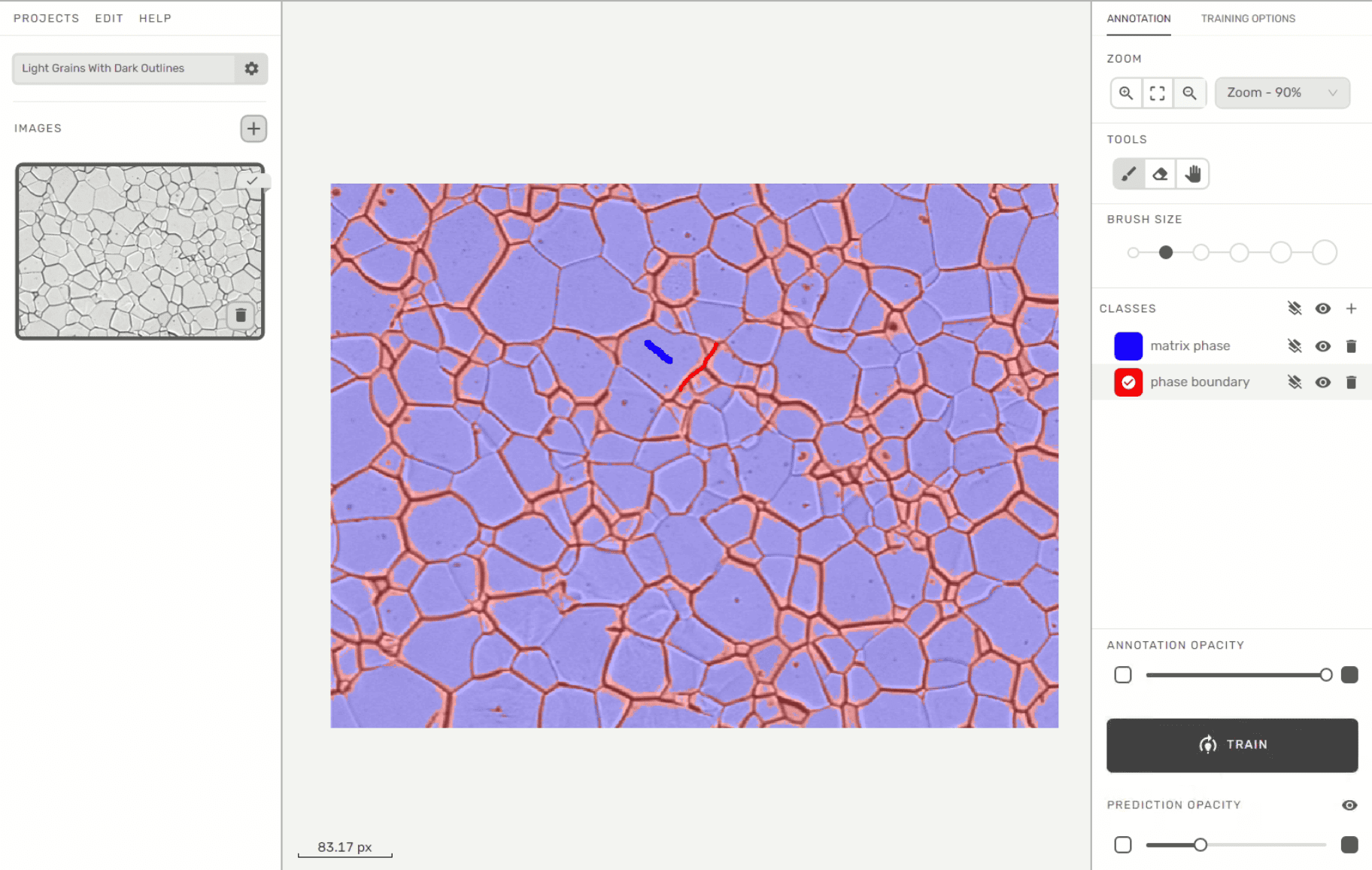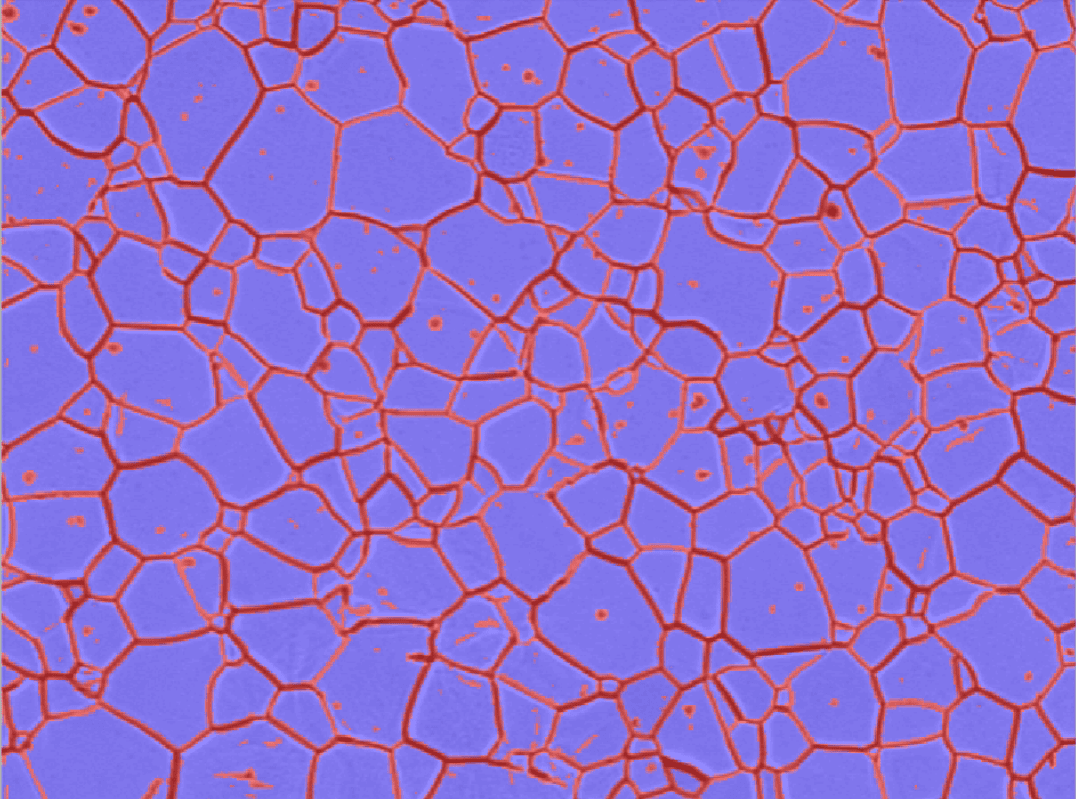Increasing the efficiency of image analysis workflows
Digital images are now frequently used to examine the micro and macro structures of materials to learn more about their properties. The efficiency of these image analysis workflows can be increased with the aid of machine learning algorithms.
The Clemex Vision image analysis system is one of the few on the market that can handle a variety of material types and analysis needs. Users of Clemex Vision can personalize their routines by choosing from a variety of instructions in the toolbox. To further improve the efficiency of the Clemex Vision ecosystem, Clemex has developed a new web-based annotation tool called Clemex Studio. This new platform offers an easy annotation workflow and a user-friendly interface. The application of sophisticated machine learning algorithms allows for the straightforward separation and classification of more complex features in an image. Results from annotation can be loaded into Clemex Vision for a more in-depth study.
The UI of Clemex Studio is simple to use. The interface is divided into three components, as follows: All system parameters are located in the project navigation pane on the left, the image window is in the middle, while training and annotation tool options are presented on the right.
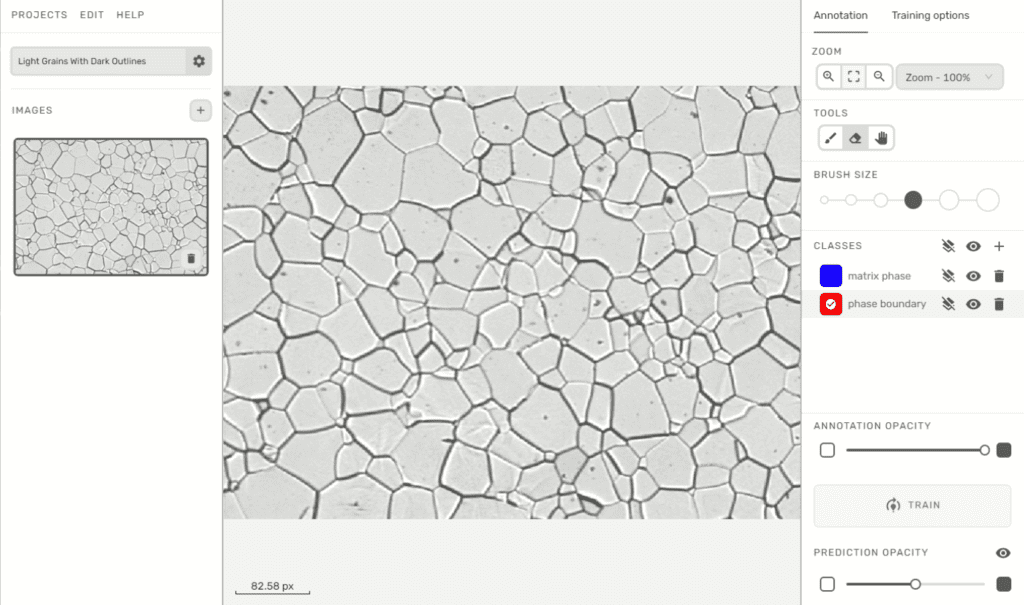
Figure 1. Clemex Studio User Interface
Titanium grain size example
The annotation workflow of Clemex Studio is intuitive. Consider the image of an electro-polished titanium sample showing light grains with dark outlines. The majority of matrix and boundary can be annotated easily with only two annotations. Once completed, annotations can be strengthened by highlighting characteristics near the region of phase interaction (phase boundary). The matrix and phase boundary can be accurately detected with just four additional annotations since the algorithms identify features by color pixels and most of the color transition occurs at phase boundaries.
Titanium grain size example
First, two annotations are made to identify the matrix and the phase boundary. The results after two annotations are shown. Next, four more annotations are added for fine tuning. Lastly, the result can be seen as the final overlay (Blue: matrix; Red: phase boundary).
Reliable measurement software
The user can check the final findings in the validation window after the annotation is complete. Once satisfied with the overlay, the user then downloads the plugin for additional processing and measurement with Clemex Vision. With the ability to use dynamic plugins created by Clemex Studio, Clemex Vision can now analyze images more quickly and effectively.

Figure 2. Measurement in Clemex Vision using a Clemex Studio plugin


